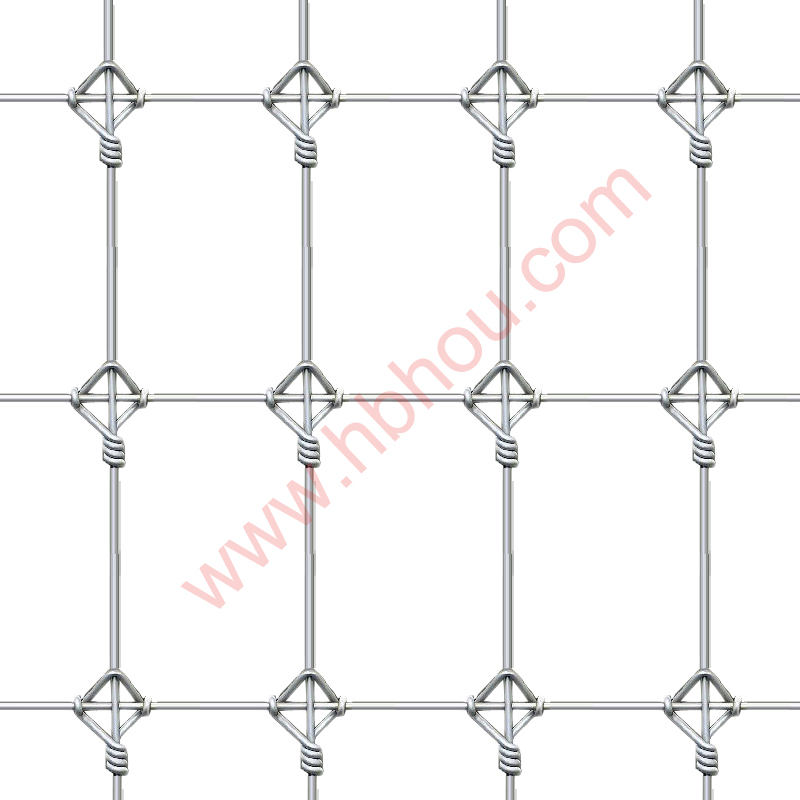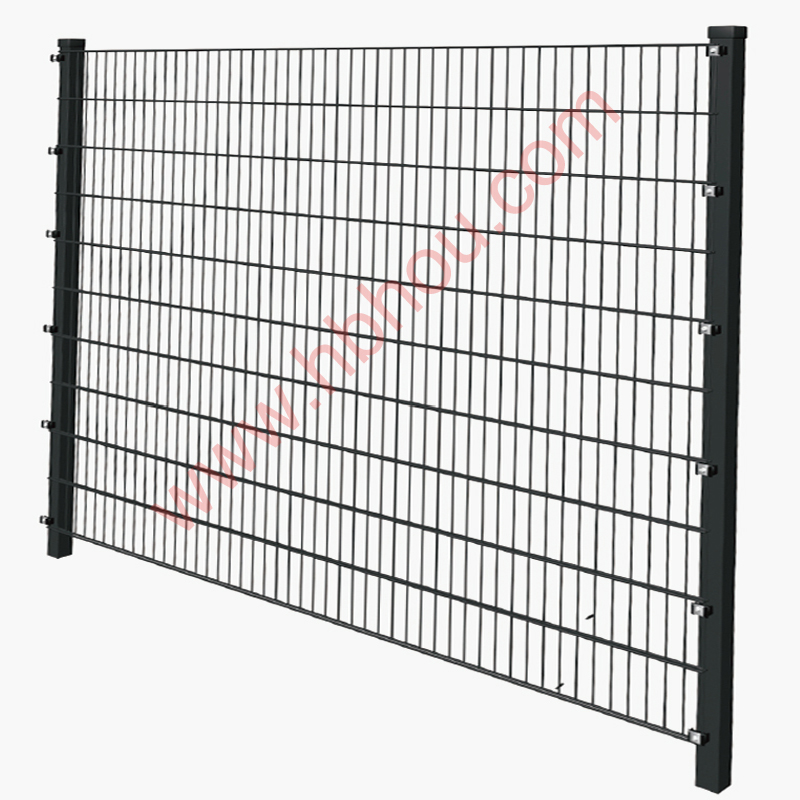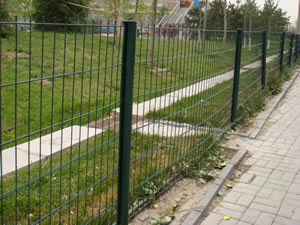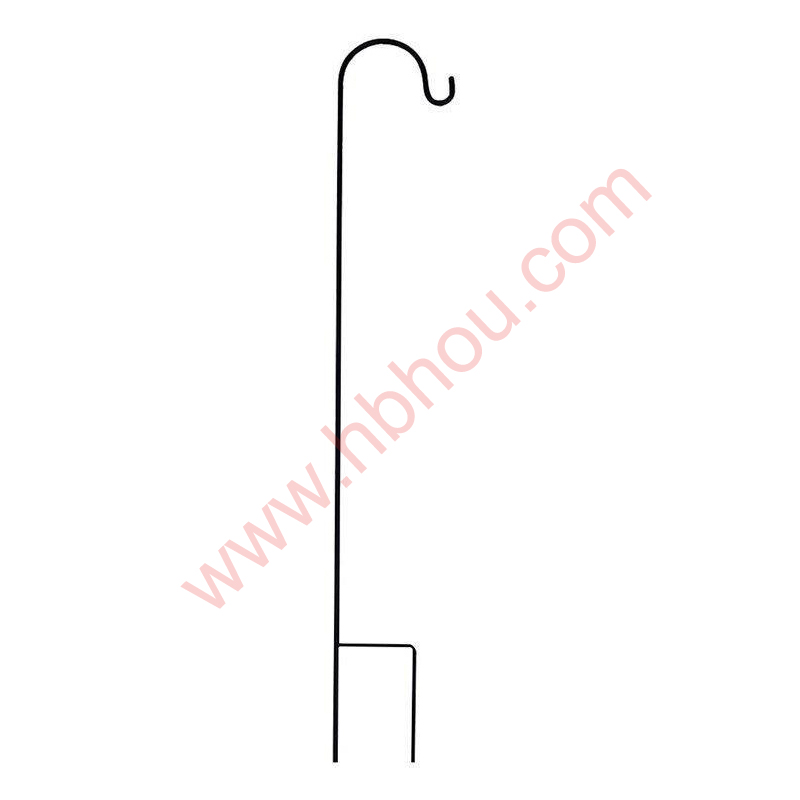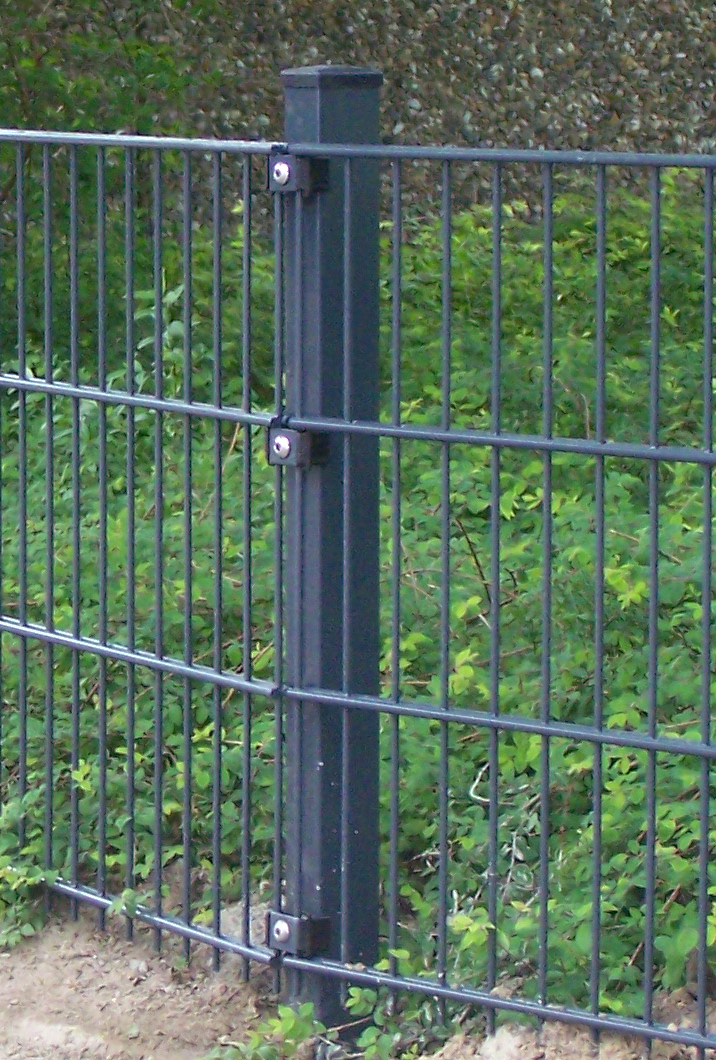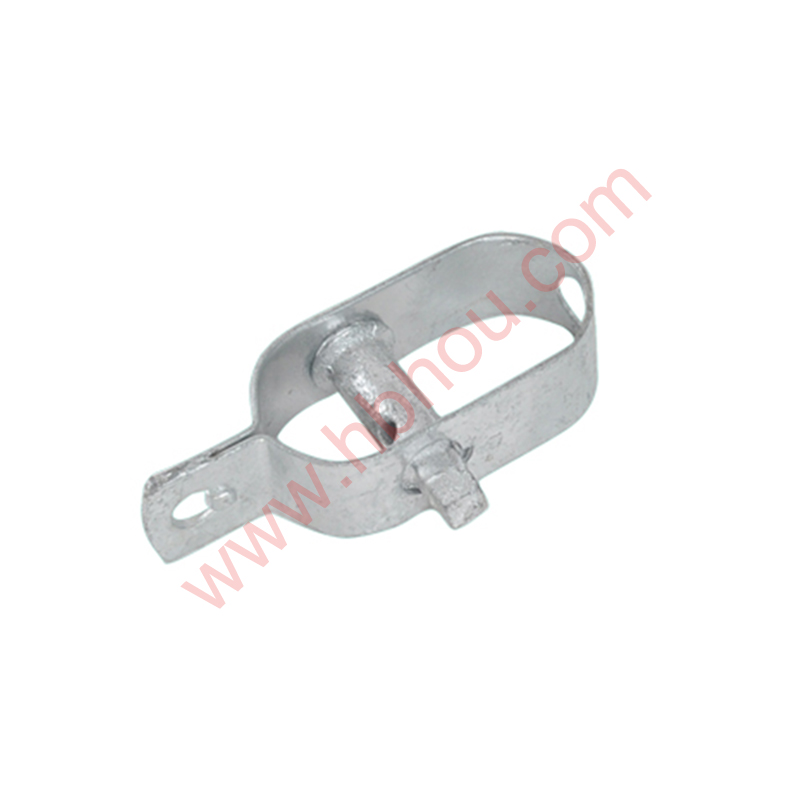Understanding Deer Fencing Posts A Comprehensive Guide
Deer fencing is an important aspect for many homeowners, farmers, and gardeners looking to protect their valuable plants, crops, and landscapes from the foraging habits of deer. One of the critical components of a deer fence is the fencing posts. In this article, we will explore the importance of deer fencing posts, the types available, installation tips, and maintenance practices.
The Importance of Deer Fencing Posts
Fencing posts serve as the backbone of any fence structure. They provide support, stability, and strength, allowing the fencing material to withstand environmental factors such as wind, rain, and the inevitable pressure applied by deer attempting to breach the barrier. Properly installed posts ensure that the fence remains taut and functional, reducing the chances of escape or entrance by these agile creatures.
Types of Fencing Posts
There are several types of deer fencing posts, each with its benefits and drawbacks
1. Wooden Posts Traditionally, wooden posts have been widely used due to their natural appearance and decent durability. They can easily blend into the landscape, providing an aesthetic appeal. However, wood can rot over time, especially in damp conditions, and may require regular maintenance, such as staining or painting.
2. Metal Posts Metal fencing posts, often made of galvanized steel or coated with protective materials, are incredibly durable and resistant to the elements. They are less likely to warp or rot compared to wood. However, they can be more expensive and may not blend as seamlessly into the natural environment.
3. Composite Posts Composite posts, made from a combination of wood fibers and plastic, offer an excellent balance between durability and aesthetic appeal. They are resistant to rot and insects, making them a long-term investment. However, they tend to be more costly than traditional wooden posts.
4. T-Posts T-posts are a common choice for deer fencing due to their ease of installation and affordability. These lightweight metal posts are typically driven into the ground and can be used with various fencing materials. They are particularly suitable for temporary fencing solutions or when fencing in large areas.
deer fencing posts

Installation Tips
Proper installation of deer fencing posts is critical to ensure the longevity and effectiveness of the fence. Here are some tips for installation
1. Spacing The distance between posts will depend on the type of fencing material used. For heavier materials like woven wire, spacing posts about 8 to 10 feet apart is advisable. For lighter fencing, you may be able to space them further apart.
2. Depth For added stability, fence posts should be buried at least 1/3 of their length in the ground. The deeper the post, the more stable it will be. In areas with high winds or soft soil, consider burying deeper.
3. Anchoring In addition to burying the posts, consider using concrete for anchoring, especially for wooden and metal posts. This will provide extra stability and prevent movement over time.
4. Tools Gather necessary tools like a post hole digger, level, and a sledgehammer or post driver to facilitate the installation process.
Maintenance Practices
Once the fence is installed, regular maintenance is crucial to ensure its effectiveness in keeping deer at bay. This includes
- Inspecting Posts Periodically check for signs of rot, rust, or any structural damage, especially after storms or heavy winds. - Reinforcing Weak Areas If certain areas show signs of wear, reinforce them by adding additional support or replacing damaged posts. - Painting or Treating Wood Wooden posts should be treated with preservatives to prolong their life and resist the elements.
In conclusion, selecting and properly installing deer fencing posts is critical for successful long-term deer management. By understanding the different types of posts available and following proper installation and maintenance practices, you can create a reliable barrier against these persistent foragers, thus protecting your landscape and crops from unwanted damage.









